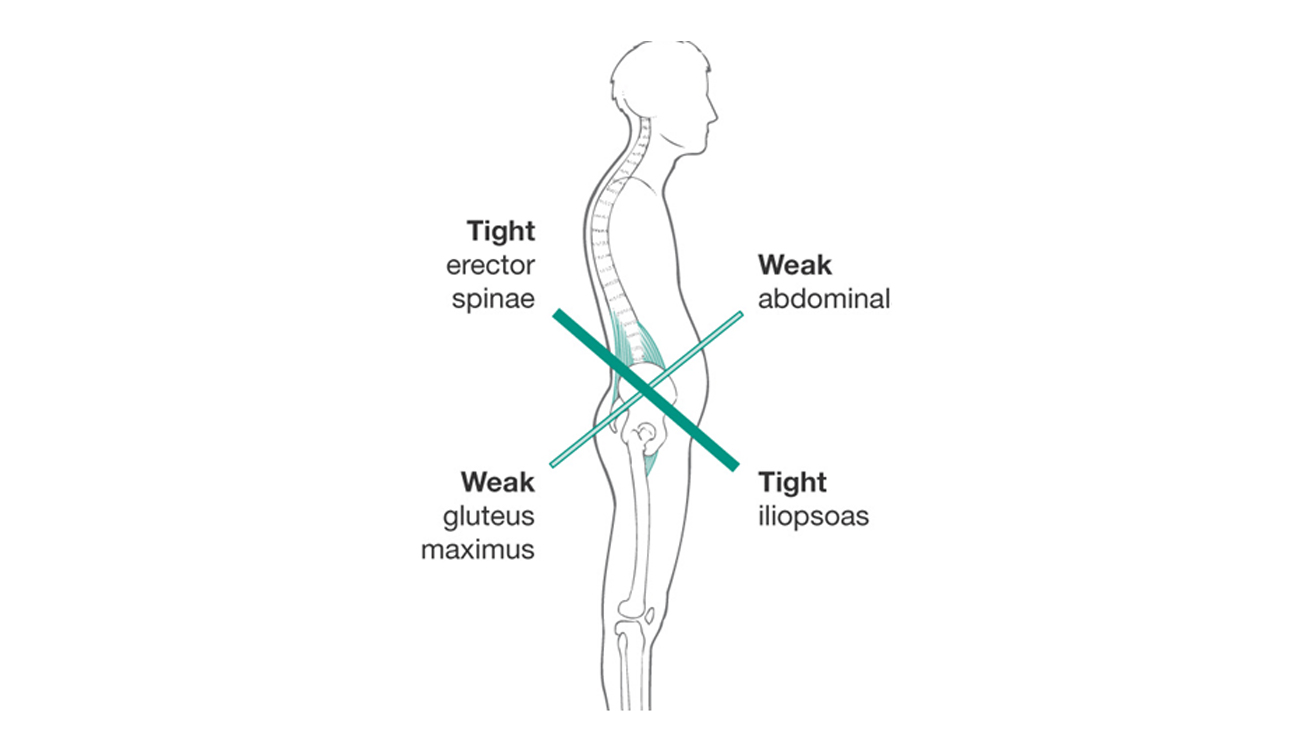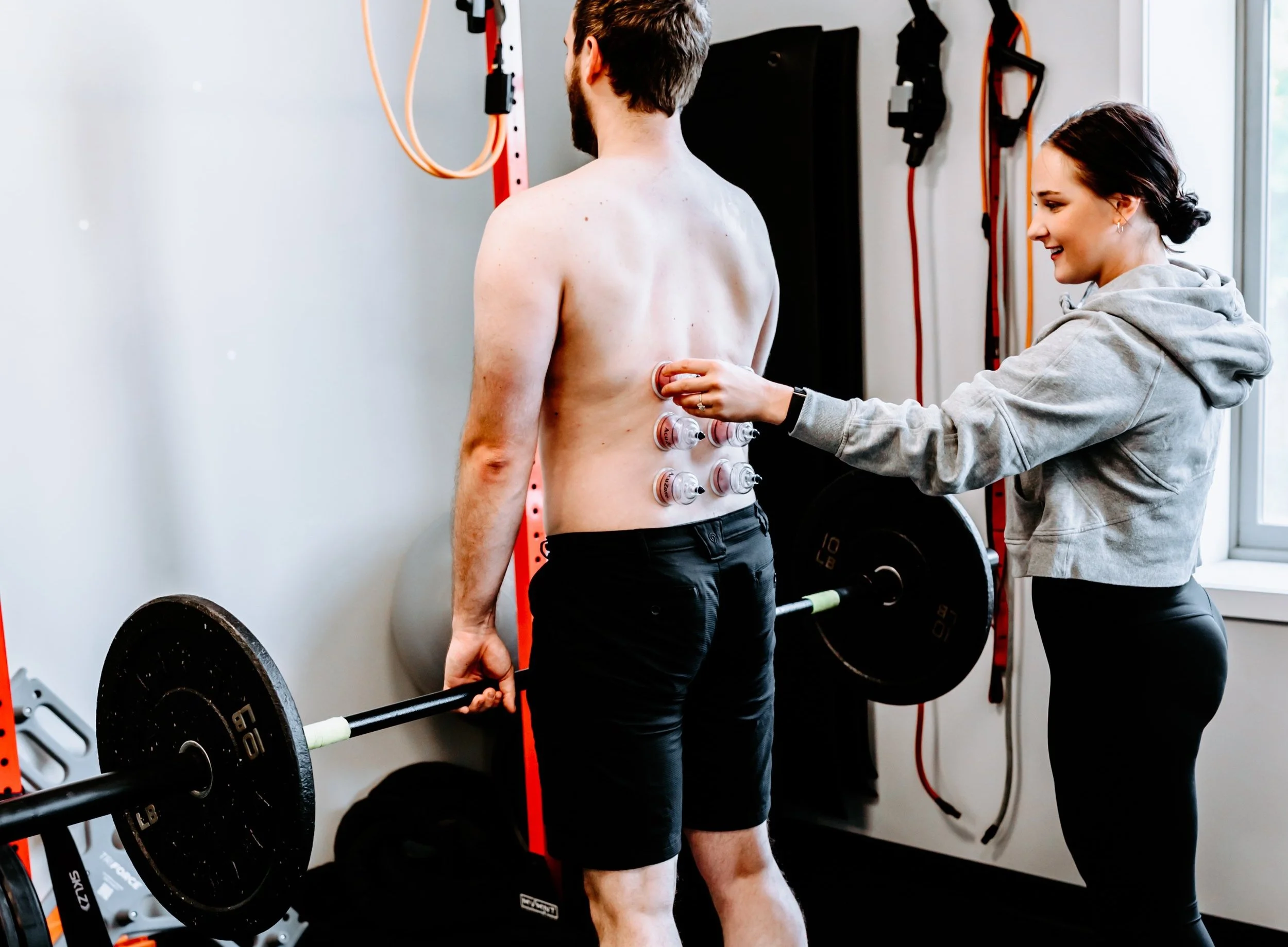Can Chiropractic Care help with Lower Cross Syndrome?
Further Explanation of Lower Cross Syndrome:
Lower Cross Syndrome is a postural issue stemming from muscular imbalances. The best way to explain this condition is that it is kind of a vicious circle - meaning that you can start with any one of the following issues and that might lead you to developing lower cross syndrome.
Tight Low Back Muscles. When your low back muscles are tight, they pull up your sacrum (tailbone) and this results in your pelvis rotating forwards
Tight Hip Flexors. Hip flexors sit in the front of your pelvis and, as the name suggests, they flex the hip. But if the hip remains stationary, these tight muscles can pull DOWN on the pelvis and tilt it forwards
Weak Abdominals. If these muscles aren’t properly activating, they allow the hip flexors to win in pulling the pelvis down and forwards. By strengthening these muscles, we create an equilibrium of ‘pull’ per se
Weak Glutes. Glutes are the biggest muscle in the body, so we know that they’re strong. A better way to explain this would be ‘stupid’ glutes instead of ‘weak’ because people who suffer from Lower Cross Syndrome just have in-active glute muscles
First we must define what Lower Cross Syndrome is. This condition occurs due to a postural fault with how we carry our pelvic region. Classically, what we see is a belly button that is pushed forward and a butt that is pushed backwards. This results in a hyper-lordosis which can cause mild to severe low back pain, especially if the person is an athlete.
How can Chiropractic Care from Minnesota Movement Help with Lower Cross Syndrome?
At its root, this condition is merely a postural issue that needs re-education and activation of non-working muscles to alleviate the task of the compensating muscles from having to be ‘tight'.’
Manual Muscle Therapy
Instrument Assisted Soft Tissue Mobilization
Kinesiology Taping for External Cueing and Postural Correction
Corrective Exercises for At-Home
Chiropractic Adjustments to spinal segments if warranted



